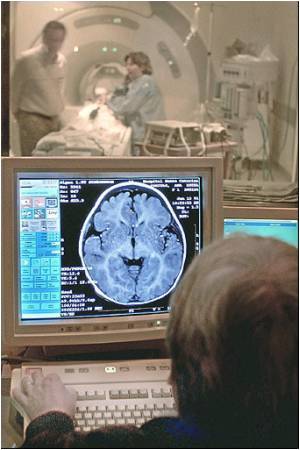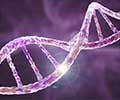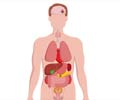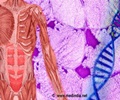A new way to parse and understand how special proteins called master regulators read the genome, and consequently turn genes on and off was developed by researchers.

"Given the emerging ability to sequence the genomes of individual patients, a major goal is to be able to interpret that DNA sequence with respect to disease risk. What diseases is a person genetically predisposed to?" said principal investigator Christopher Glass, MD, PhD, a professor in the departments of Medicine and Cellular and Molecular Medicine at UC San Diego.
"Mutations that occur in protein-coding regions of the genome are relatively straight forward, but most mutations associated with disease risk actually occur in regions of the genome that do not code for proteins," said Glass. "A central challenge has been developing a strategy that assesses the potential functional impact of these non-coding mutations. This paper lays the foundation for doing so by examining how natural genetic variation alters the function of genomic regions controlling gene expression in a cell specific-manner."
Cells use hundreds of different proteins called transcription factors to "read" the genome, employing those instructions to turn genes on and off. These factors tend to be bound close together on the genome, forming functional units called "enhancers." Glass and colleagues hypothesized that while each cell has tens of thousands of enhancers consisting of myriad combinations of factors, most enhancers are established by just a handful of special transcription factors called "master regulators." These master regulators play crucial, even disproportional, roles in defining each cell''s identity and function, such as whether it will be a muscle, skin or heart cell.
"Our main idea was that the binding of these master regulators is necessary for the co-binding of the other transcription factors that together enable enhancers to regulate the expression of nearby genes," Glass said.
The scientists tested and validated their hypothesis by looking at the effects of approximately 4 million DNA sequence differences affecting master regulators in macrophage cells in two strains of mice. Macrophages are a type of immune response cell. They found that DNA sequence mutations deciphered by master regulators not only affected how they bound to the genome, but also impacted neighboring transcription factors needed to make functional enhancers.
Advertisement
Co-authors include Sven Heinz, Casey Romanoski, Karmel A. Allison, Department of Cellular and Molecular Medicine, UCSD; Christopher Benner, Department of Cellular and Molecular Medicine, UCSD, Salk Institute for Biological Studies and San Diego Center for Systems Biology; Minna U. Kiakkonen, Department of Cellular and Molecular Medicine, UCSD and University of Eastern Finland and Luz D. Orozco, UCLA.
Advertisement
Source-Newswise















